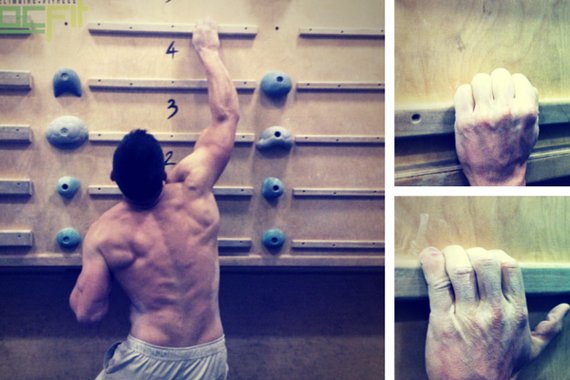Warning: campus boards can be very dangerous. Recommendations vary, but many climbers suggest that you should be climbing for at least 18 months before incorporating campus board training. Perform these exercises at your own risk and immediately stop if you experience any pain or irritation.
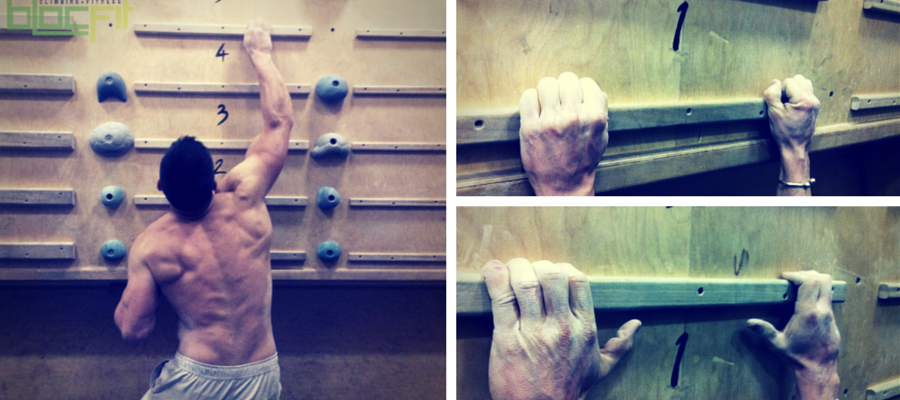
The campus board has been a staple part of a climber’s training for 30 years.
First brought to the scene by Wolfgang Güllich, the campus board has become an essential training tool and has spawned a generation of campus kings and queens.
Boards are hugely subjective, and people often debate over whether they are beneficial to one’s climbing. There isn’t a rule book on how to use one, which frequently results in novice climbers becoming injured—but nevertheless, whether you love them or hate them, campus boards are as much a part of climbing training as climbing itself.
If used correctly, a campus board is fantastic for building strength, but using the campus board alone will not make you the best climber out there. Instead, campus boards serve as a weapon in your arsenal, along with hangboards and system boards, which, combined with regular climbing and training will push you up through the grades. The best training for climbing is always going to be climbing, and you need to be actively putting in the hours on the wall before even looking at the campus board.
First, get the blood flowing!
Getting your blood flowing is hugely important for any type of training, and a campus board session is no exception. The risk of pulling or tearing a tendon because of cold fingers is very high! Get the blood going in your hands and make sure they are warm before crimping on anything.
I always fit in my campus session at the end of a workout. As a warm up, I spend 10 minutes on the system board to get the fingers going, but I’m usually pretty warm from the kettlebells. If I was just campus training, I’d use a pulse raiser, such as skipping, followed by 30 minutes of gentle, easy bouldering and stretching out. There are many great aids on the market for warming-up and strengthening your fingers, such as GripPro Trainer Hand Grip and PowerFingers. But if you’re on a budget, an elastic band works just as well.
I only campus board train for 15-20 minutes and only twice a week. If I’ve completed a hard climb or if I’m particularly tired, I will drop the campus session, as I know my form will not be strong, which can result in injury. I know climbers who campus train 4 or 5 times a week and it works for them. I’m a little envious, but I know my body. Having warm fingers and knowing when to train are essential for seeing improvement and avoiding injury!
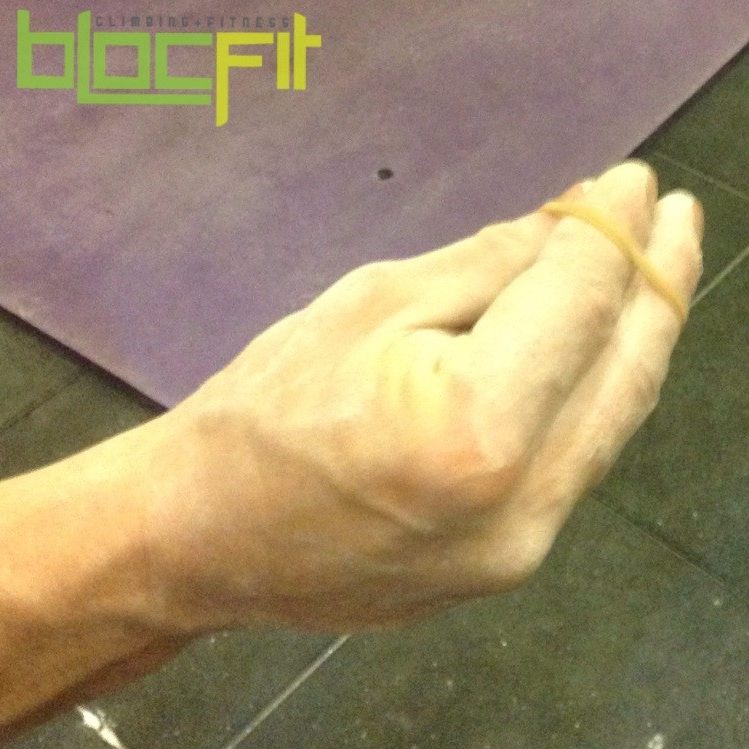
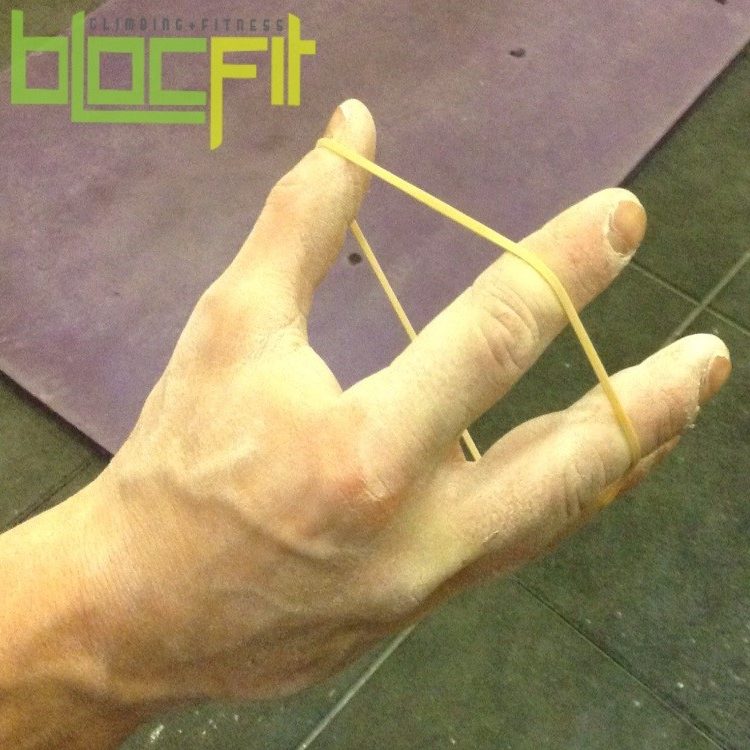
The crimp, the whole crimp, and nothing but the crimp
There are three main grip styles used when on a campus board: the full crimp, half crimp, and the open-handed crimp. A variety of these grips should be used during a campus board training session to promote strength in all facets of the hand and fingers. Repetitive use of one style can result in an imbalance, which will not bode well when you’re working your project at the crag.
The difference between the full crimp and half crimp is the use of the thumb to clamp the fingers down. This full crimping position using the thumb lock is the strongest hold we have in our arsenal and should be trained, but not overused. The full crimp is perfect to practice in deadhangs on a hangboard, but should not be used for any dynamic movements.
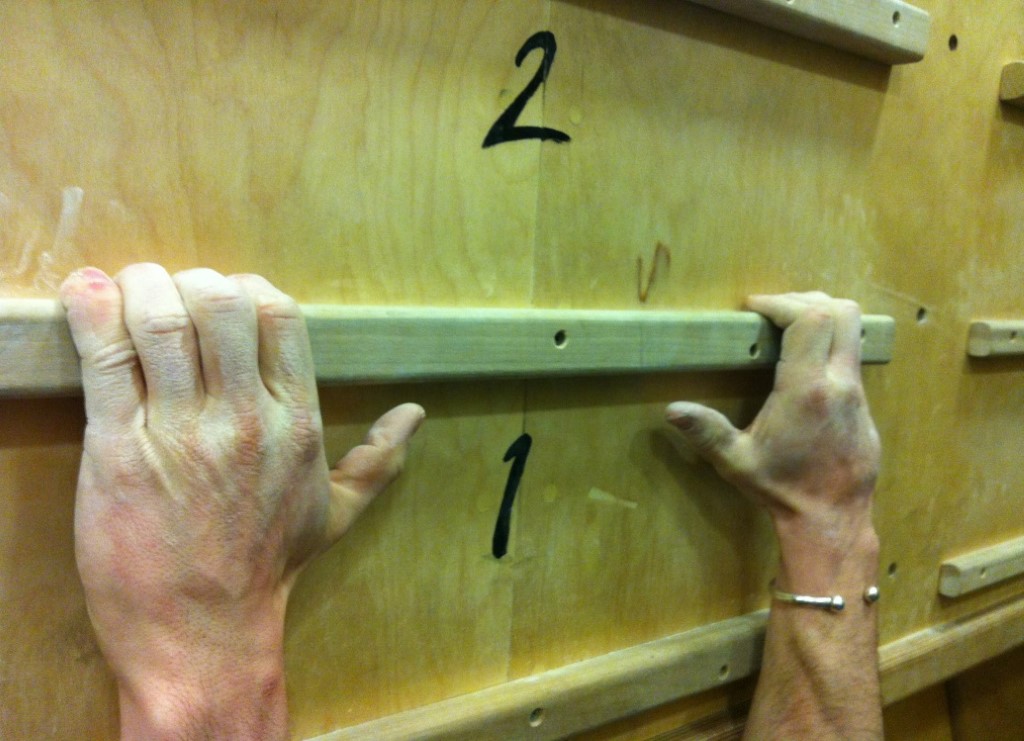
Open-handed crimp.
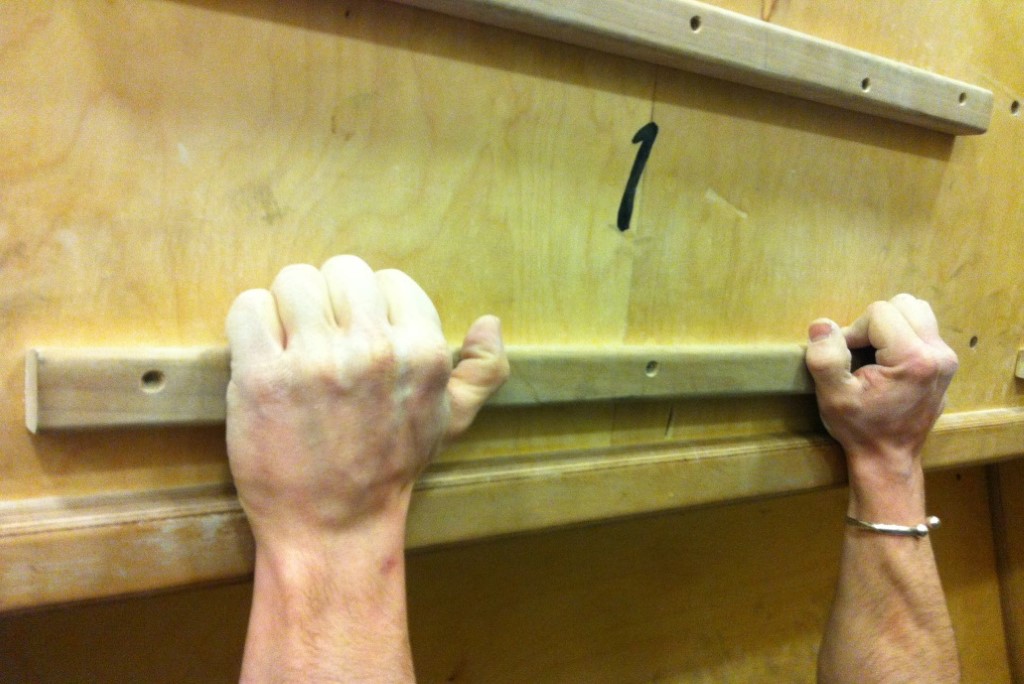
Half-crimp.
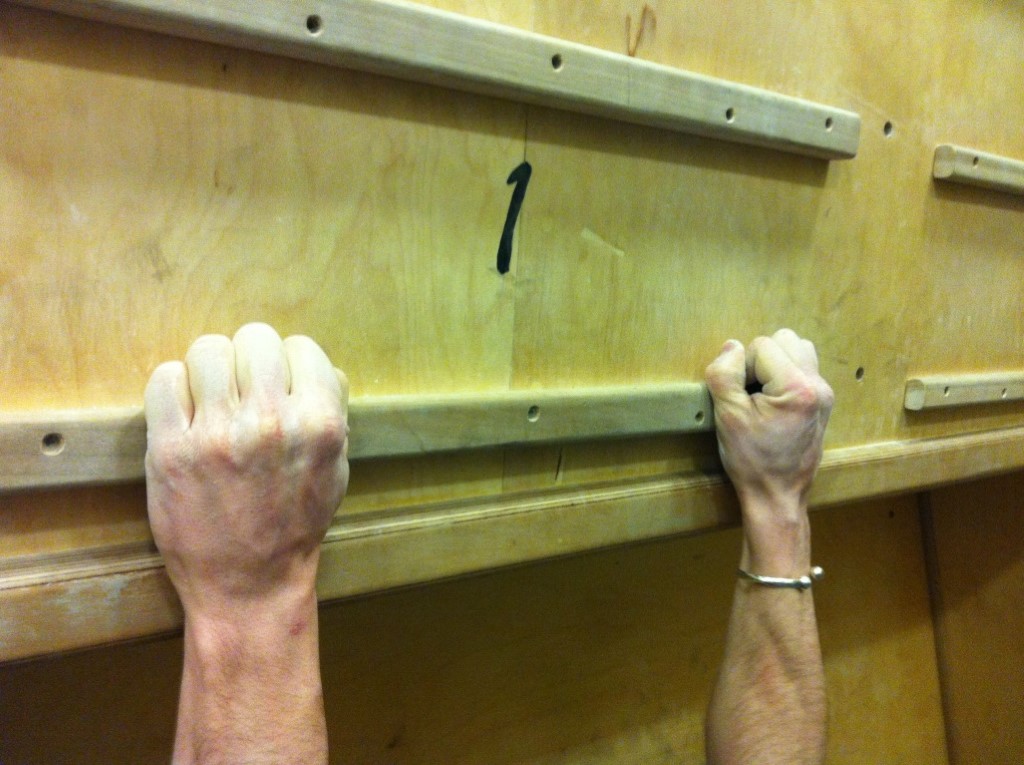
Full crimp.
I have come across a theory from fellow climbers, that when first starting to climb, it is better to begin using an open-handed crimp, and then to progress to the half and full crimp positions as you become a stronger climber. As I say, this is a theory, but from a personal training perspective, it makes perfect sense to train muscles and tendons gradually—rather than jumping straight in and potentially suffering an injury. By the time your training requires the use of a campus board, I expect that you will have mastered all three crimping styles.
Feet first?
The beasts pulling hard on the rungs will not contemplate using their feet, but there is a place for them in your training! Endurance sessions are a prime example. With feet on foot holds you are free to concentrate on continuous repetitions, whether that includes ladders, touches, or just assisted pull-ups to failure.
It may seem blasphemous to the hardcore veterans, but the campus board is not just about monstrous power moves. It is a perfect instrument for improving all elements of climbing. In strength, for example, you can use your feet while stretching for the furthest rung, which serves as a great exercise for building strong body tension. My point is that using feet in a session is as important as deadhangs and the infamous 1,5,9.
Training systems
Training systems are routines or patterns that provide changes in intensity. Using a training system is a surefire way of shaking up your usual routine and encouraging great gains. This works for all types of training, whether it is running, weightlifting, or pulling on a campus board. There are many different training systems you can use on a board; a popular system is Tabata training (HIIT).
Tabata has been around for 20 years and has been used as a training aid for many sports. It was invented by Izumi Tabata, who conducted tests on athletes in Japan with great results. Tabata is high intensity interval training (HIIT) and works on the basis of 20 seconds of intense exercise followed by 10 seconds of rest. This should be repeated 8 times in a set.
This type of system should be used to build endurance and stamina. It is quite demanding on the body and I wouldn’t recommend using it more than twice a week. Tabata training works well in all aspects of a campus session, whether while performing ladders, touches, or deadhangs. You may recognize Tabata from fingerboard apps, most notably the Beastmaker app, which has adopted Tabata training because of its effectiveness and versatility. The Beastmaker boys realized that changing the active and rest times meant the intensity could be manipulated giving an effective finger strengthening workout.
If you want to build explosive power, then dynamic or plyometric movements should be used. This involves a release of energy, i.e. a jump or, in the world of the campus board, pulling from one rung as hard and fast as possible to another.
Try this
Try pulling from rungs 1 to 5, four to six times in a row on the same arm, and then switching to the other. Have a 3 minute rest and then repeat.
Another favorite dynamic movement on the campus board monster is 2-handed pulls; leaving the campus board completely for a split second, this requires great power but equally great co-ordination to make sure you land on the next rung.
15-minute beginner campus board training session
Here is a basic starter workout for the campus board. Remember to warm up adequately and concentrate on good form. The numbers refer to the rungs. These exercises should be performed on the largest rung available.
With your feet on
Excercise 1
- Ladder 1, 2, 3, 4, 5, 4, 3, 2,1
- Do this three times with a one minute rest between sets.
Excercise 2
- Ladder 1, 3, 5, 3, 1. Once you have returned to 1 release the feet and dead hang for 10 seconds.
- Repeat three times and rest for one minute between sets.
Without using your feet
Exercise 1
- Ladder 1, 2, 3, 2, 1
- Repeat three times with a one-minute rest between sets.
Exercise 2
- Dead hang. Touch up from 1 to 3 with alternate hands.
- Do this five times with each hand. Repeat three times resting for one minute between sets.
With your increased strength and confidence, the campus board can become a fantastic way to train for those unforgiving epic moves on your climbing projects. Treat it with respect and you will see great results.
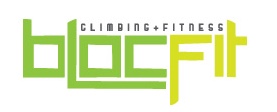
Want more climbing content? Get our awesome climbing newsletter, delivered weekly.
Explore more
- Emerging Concepts in Injury Prevention: Pulley Strain
- 23 Best Gifts for Rock Climbers
- Strength or Power? Improving Your Climbing with Plyometrics Training
- Free eBook: 7 Mistakes to Avoid as a New Climber
- How to Avoid and Manage Getting Pumped While Rock Climbing
- 2 Simple Exercises to Protect Your Rotator Cuffs from Injury
- This Week’s Best Rock Climbing Gear Sales
- Our 30+ most popular articles ever
- Gear Buying Guide: Climbing Shoes

